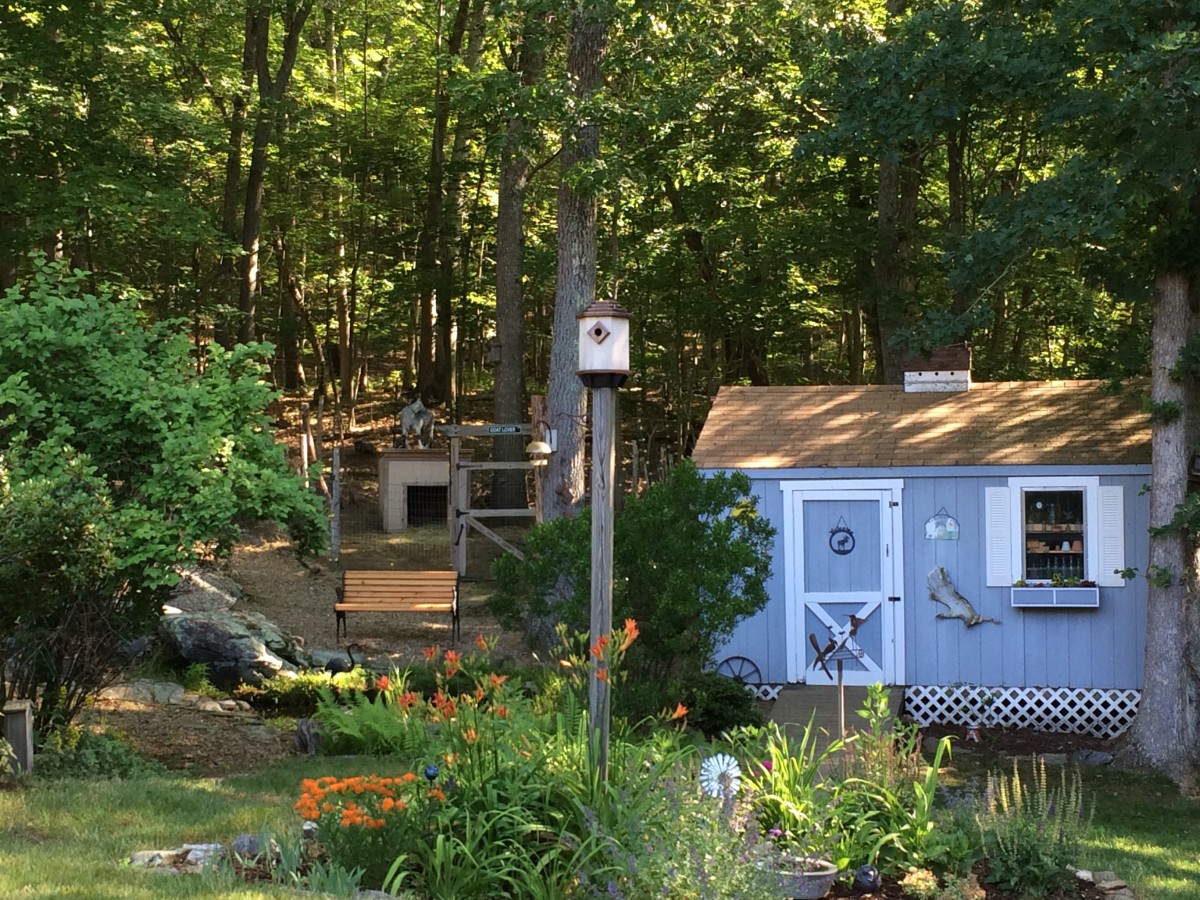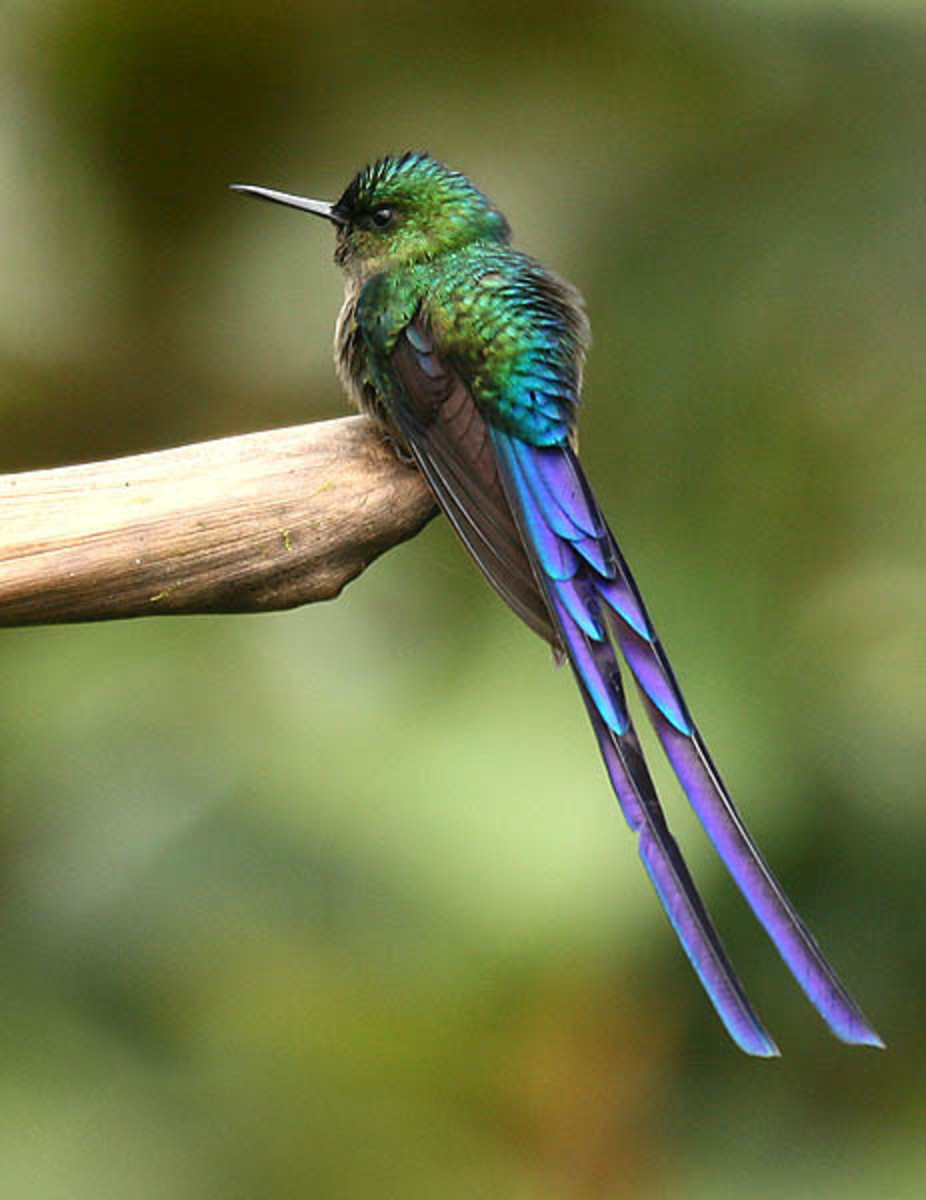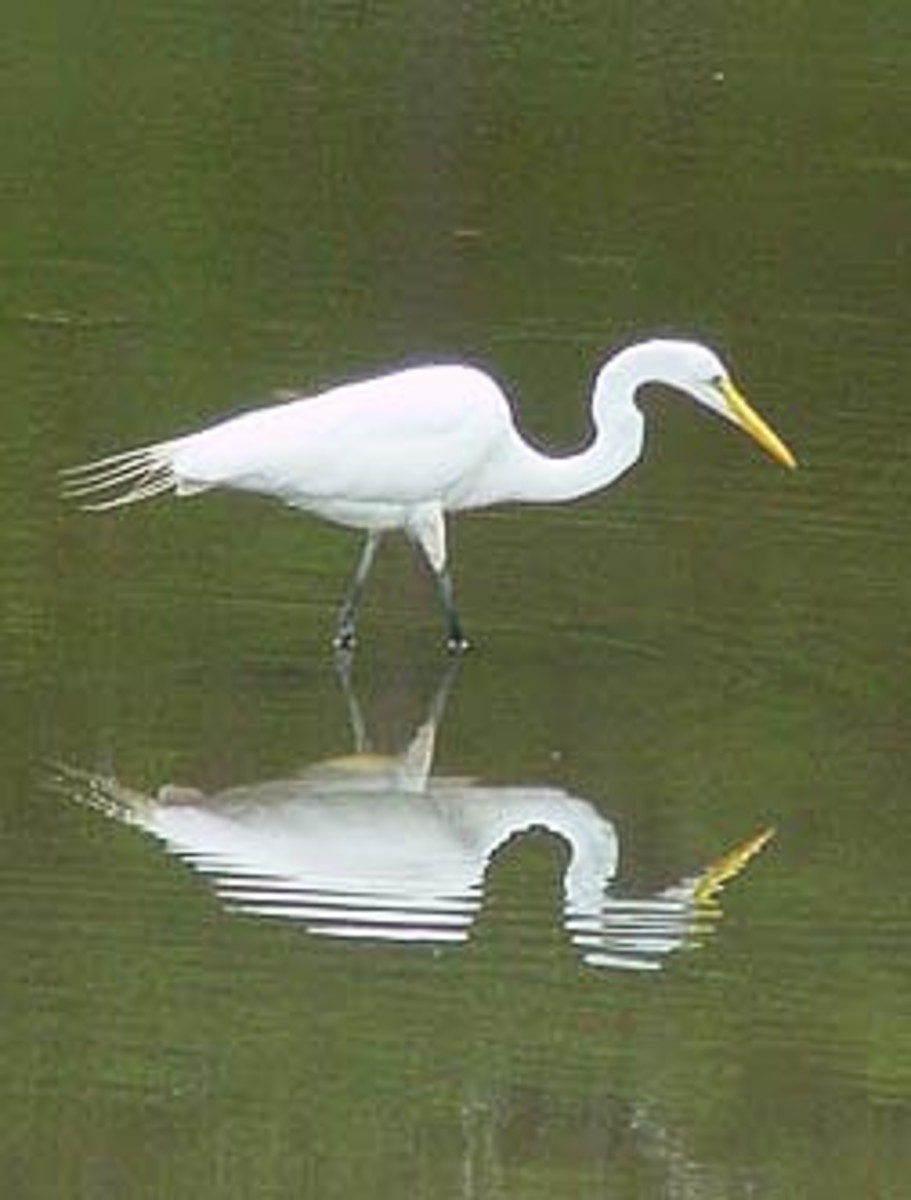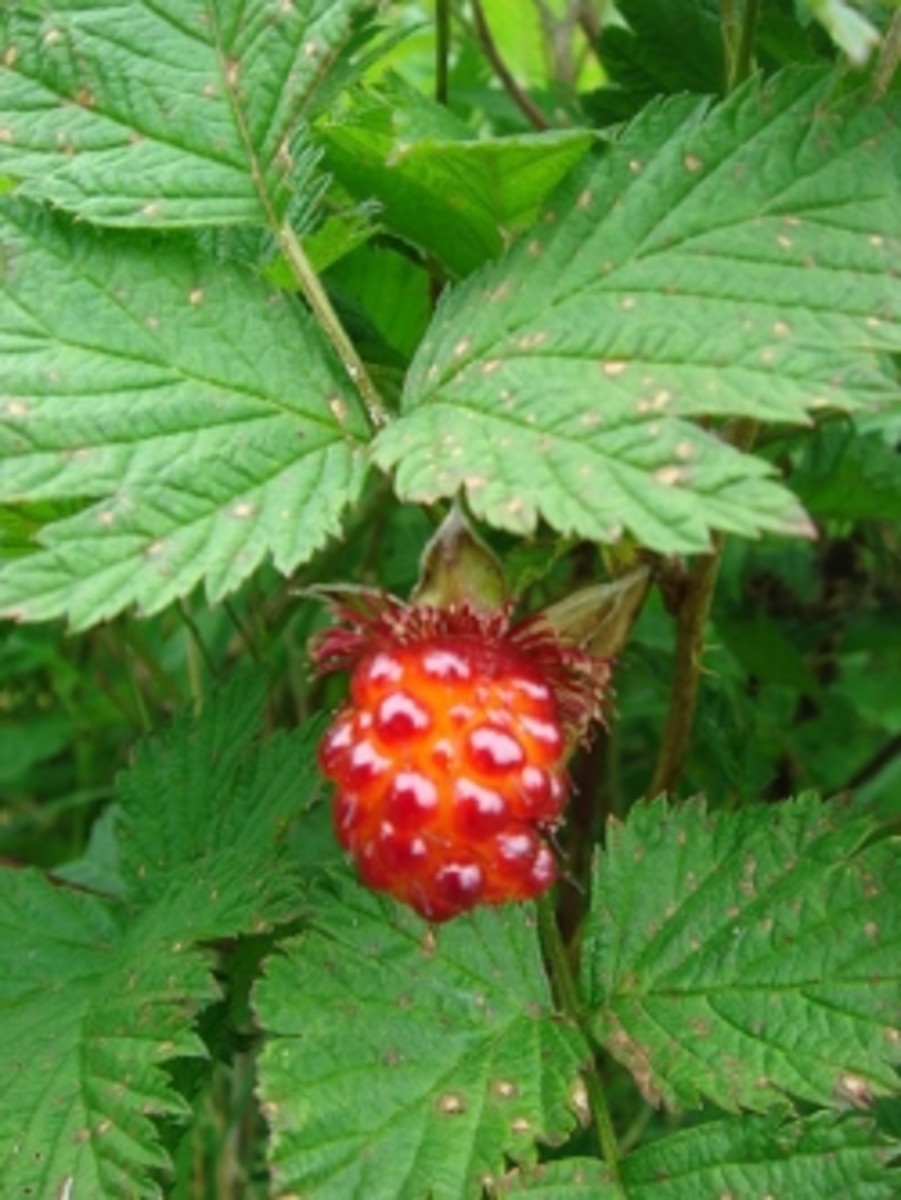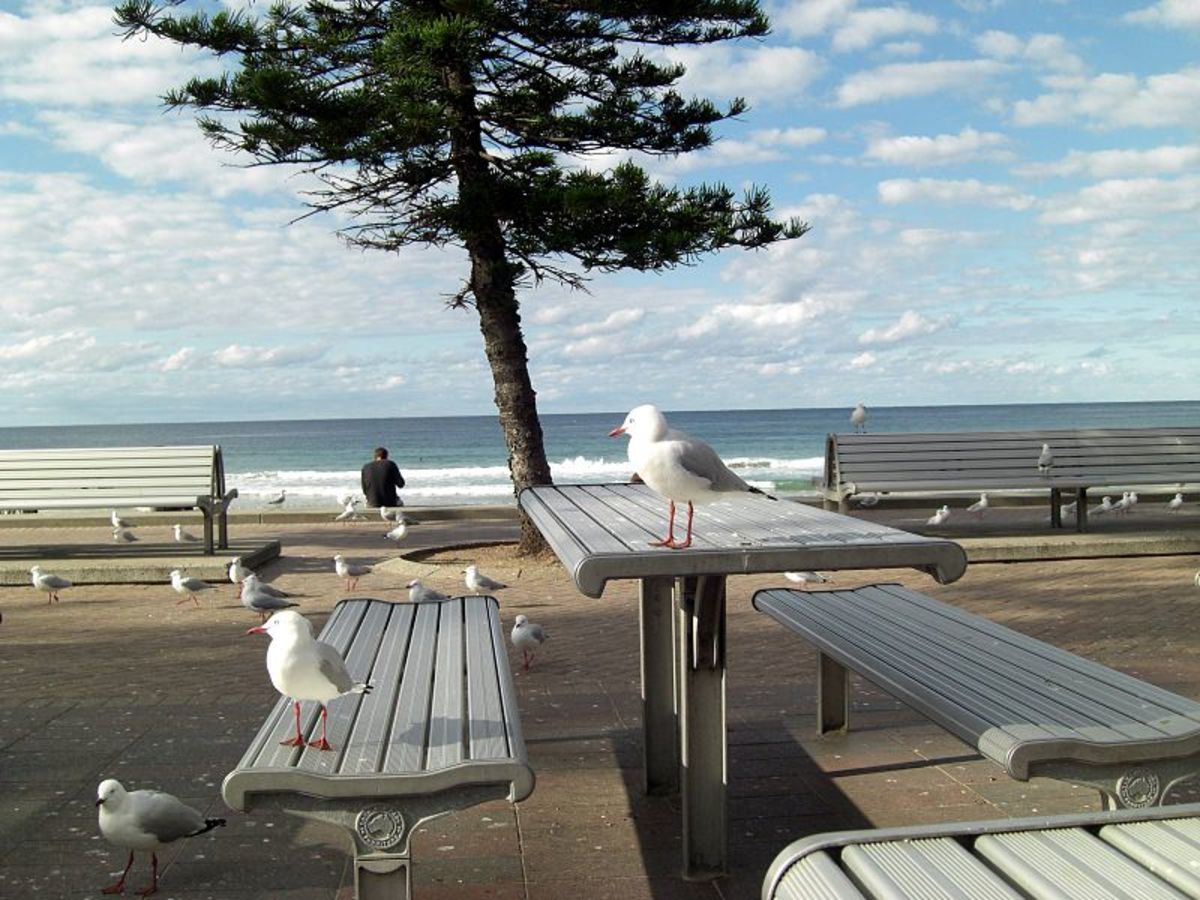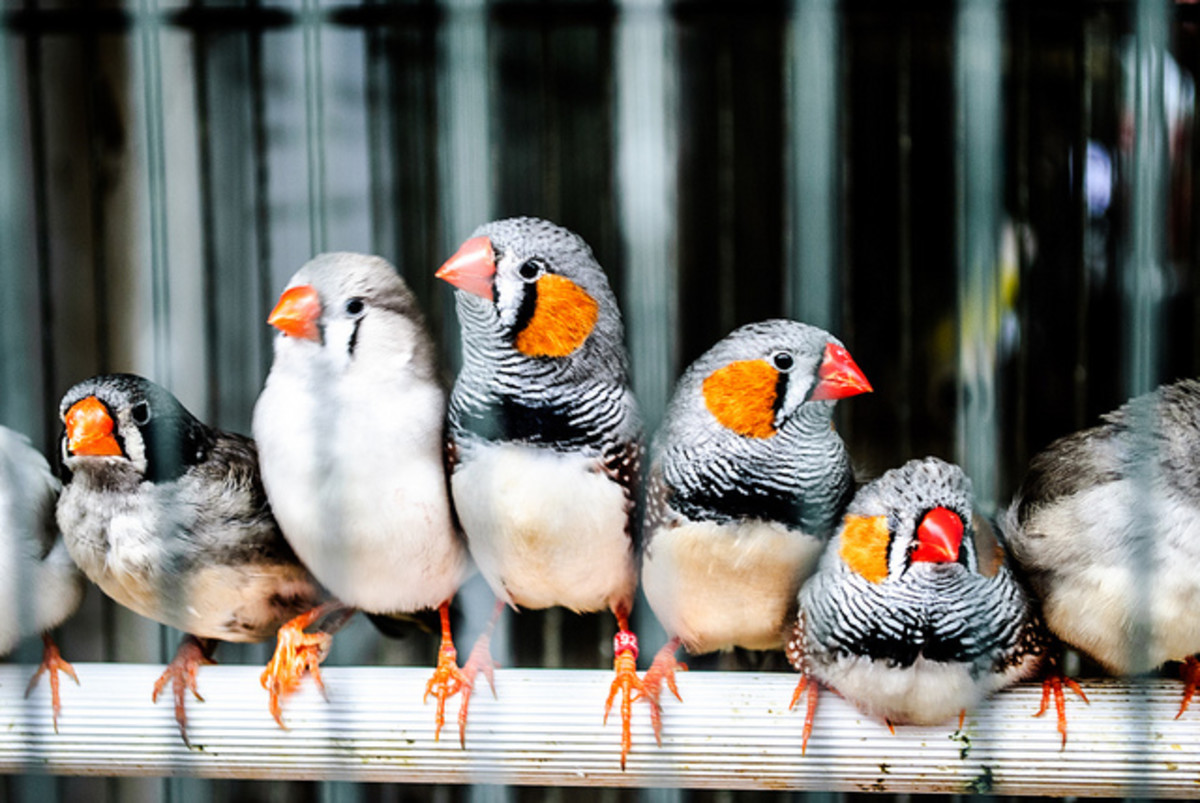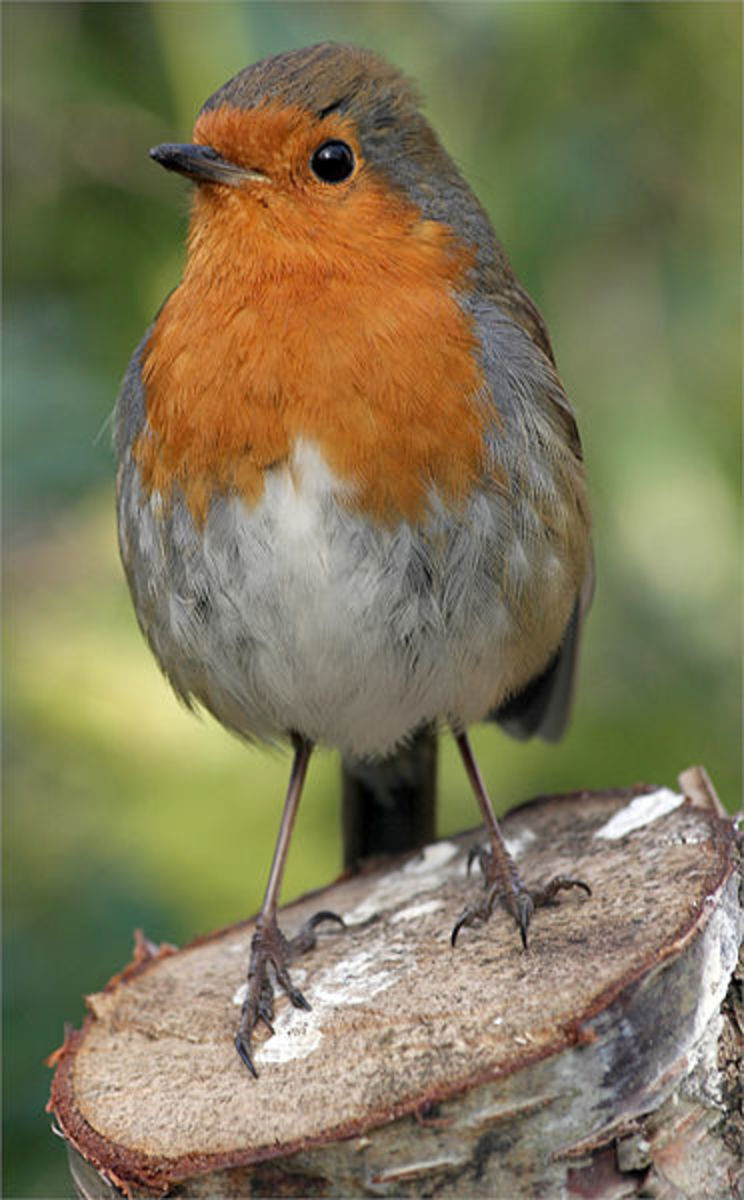Creating A Wildlife Garden For The Birds
Relaxing and Enjoying The Simple Pleasures Of Life!
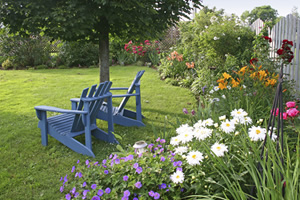
Male Scarlet Tanager
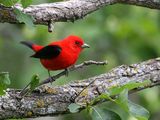
Cedar Waxwing
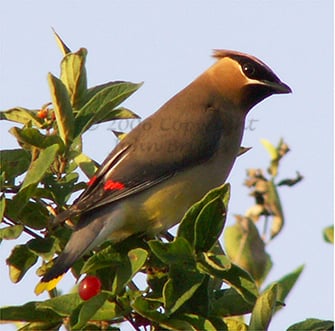
Ruby-Throated Hummingbird
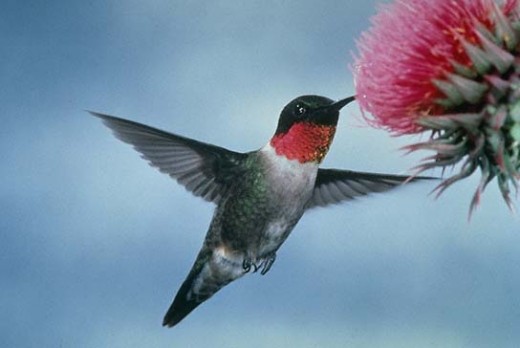
Blue-Black Salvia
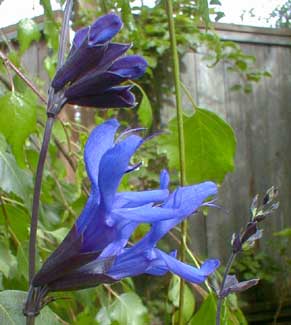
Cotoneaster

Butterfly Bush
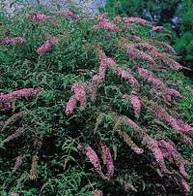
American Goldfinch

Most of us know that the main essentials for humans to survive are the basics... food, water, shelter and clothing. This is also mentioned somewhere within the scriptures of the bible. God however did not just apply this scripture to us humans and in creating the earth also did not forget about the feathered friends, that reside on the earth here with us. We know that they need food and shelter just like we do, but fortunately do not have to provide clothing for themselves. Yes, birds and other animals who inhabit the outdoors year round have adapted themselves well for the most part.
There are many areas of the world, that contain ample amounts of natural seeds, berries and other types of food, that birds can enjoy year round, without having to starve to death. Rain forests and other similar areas, provide shelter through the varied types of deciduous and coniferous trees, that not only offer protection for birds and other wildlife. But many also contain various fruits, in the way of acorns, and other nuts,that birds find enjoyable and which is an essential part of their daily diet.
However because of deforestation or destruction of prime forest habitat and wetlands over the past years, birds have come to rely on the assistance of finding suitable habitat in other areas, that were not once home to them. Foraging for insects and other natural foods has become a real difficulty for many species of birds, particularly those that migrate from the United States for example, to various tropical forests of South America or other areas like the Caribbean.
Yes, many avian species have come to rely on us humans to help them survive, because of loss of their prime nesting grounds or scarce supplies of foods they normally consume. An example would be the sweet nectar from various tropical plants that once provided much needed nourishment to themselves and young. Many tropical Hummingbirds consume nectar as part of their main diet.
With your help, the reality of what once was for many of bird species including the ones that are familiar to us in our local area year round, can once again be made possible. And the simplicity of planning and starting a habitat to attract and protect wildlife such as birds is right at your fingertips. To add, this is all possible, without spending a lot of money out of your pocket to start a program like this of your own. As mentioned a little ingenuity and planning on your part and a trip to the local nursery is all that is needed to get started. Of course having a few basic tools like a shovel, spade, hoe and rake, do make the shop a bit easier.
I find using a small miniature rototiller called a mantis, is a real help to anyone that plans on doing any sort of gardening. its small size and quick speed make it an advantageous tool for digging up small areas around the yard. Usually you can find the Mantis Tiller online at Amazon, for a decent price. Purchasing small trees or shrubs however, if you do not already have some in your backyard, will cost you a little something extra out of pocket. The mantis is something that you could invest in down the road, if you cannot afford one at this time.
The National Wildlife Federation also has some great information, to give you some added tips and ideas on creating this haven for the birds. Once you've established your backyard habitat for birds and other wildlife; you can take a few photos of your hard work and share with others of what you have created. Let the National Wildlife Federation know afterward what you have accomplished for Wildlife, and they in turn will certify your backyard, by sending you a handsome certificate.
Part of your back yard or other area in or around your home, will be designated or given a number stating that the area you have set aside for birds and wildlife is a specially protected area. For about $20.00 The Federation will also provide different materials, in the way of landscape blueprints, trees for attracting birds etc... for you, to assist in getting started with this program.
However I hope to enrich and educate you further through this article without having you rely solely on information from The National Wildlife Federation. You still always access additional information.. Go to their website just to get an idea of what they do and how they certify your backyard as a recognizable area put aside for the birds and other wildlife.
The website is: https://www.nationalwildlifefederation.org There are many ways that you can transform your backyard into a habitat for birds without spending a lot of money. This can be initiated just by utilizing the trees, shrubs, and natural water supplies that may already be accessible on or around your property. Of course, you may still have to go to the local nursery, or wholesale landscaper to pick up some additional shrubs, privets or hedges for protection and peat moss and fertilizer to place in garden beds.
You can get started with your backyard habitat construction, simply by taking your garden tools-shovel, or hoe, mantis tiller if you own one. Afterward find a suitable area in your back yard, which can be be even twenty feet by twenty feet for starters. Remember you can always expand this area later on or find another area around your home where you could even place a small garden pond, with a nice border of annual plants like hostas around it in the future.
After your designated wildlife habitat area's soil has been etched on the surface, throw some peat moss and fertilizer into this soil. Mix this up thoroughly with a hoe or shovel, like you would cement and water in a wheelbarrow. This premixed environment will save you a lot of time after, when you are ready to plant some small Shrubs and vines within it.
Often folks tend to dig a hole first for a plant, tree or whatever it may be, than add peat moss and water afterward. Nothing wrong with doing it this way, but having the ingredients mixed already will, like mentioned save you a lot of work later on. Doing it this way... all you have to do is dig the hole and than cover it with the surrounding premixed dirt and of course water thoroughly.
Before transplanting plants or shrubs, or even before going out to purchase them for your wildlife garden area. First take a piece of graph paper, or any other plain white paper for that matter will do and take a few colored pens, and a pencil. Draw or sketch out your ideas and place where you would want your vines, shrubs and other plants to go in the area you had already prepared, on the paper. Visualize of how it would look on paper before going outside to implement your master plan.
If the wildlife garden area that you picked out, is along the side of your home, a fence bordering your property or woods edge, this is a place in that it is good support for vines, like trumpet creeper or a tropical hibiscus. These plants tend to creep up along the side of fences or other supports like a trellis for example.
In addition many types of hummingbirds find their nectar inviting, and utilize it as a main food source besides insects that they eat. Ruby-throated hummingbirds, a migratory resident in the Northeast is particularly fond of these vine types. Hummers also find the nectar of the aromatic Blue-Black Salvia very appetizing as well. This plant is a perennial and can be found in many local garden nurseries.
After you have placed some shrubs in the rear part of your garden, begin to move upwards to the front edge of your wildlife garden. Try to place mid-sized perennials like cone-flower, beebalm or black-eyed-Susan in the middle portion. Birds such as Goldfinches, chickadees, and other tropical migrating warblers will be attracted to the seeds that they produce.
Also you can purchase either a cement or plastic birdbath at walmart or similar store for a reasonable price. Plastic Birdbaths are probably more durable and lasting, and you do not a have to deal with chipped cement that can occur with cement birdbaths. The main purpose of the birdbath is to provide a suitable holding source for the water that feathered visitors will drink from.
Place your birdbath or other water source within the middle of your wildlife garden. Remember water is one important element that is not only important to human's for survival, but also to those of the avian world as well. If you have an old can lying around, take it, drill a hole in the bottom. Than fill it with water from the garden hose and suspend it from a pole or Sheperds hook... the water dripping slowly from the bottom, will also attract more species of birds.
When it comes to water, birds love bathing and drinking in it. But they are also attracted more so by moving water. Adding a small plastic pre-molded pond to your wildlife habitat, will certainly be a welcomed addition later on. you can also buy garden pond kits at a Home Depot store, if you live nearby to one.
At this time, you are probably wondering to yourself, how in the world am I going to place all of these plants-shrubs and the like including a birdbath, or miniature pond within a small area like twenty by twenty-five feet? Not to worry, again-it does not take a large area, to create a small suitable habitat for birds.
Remember you are just placing shrubs, trees, water, and a few other items to attract a variety of birds throughout the year, in this confined area. And with the continued hope that they will remain or migrate back to your wildlife garden habitat year after year.
This is not an aviary or hotel for birds if you will, that you are trying to create. We'll leave that up to the National Wildlife Refuges or professionals at Aviaries; that often have the funds and resources to do so. This is strictly for you, your family and friends to appreciate and look back on for years to come.
If you have a larger area around your home that you can set aside as a wildlife habitat...than that is all the better for the birds and other wildlife that you want to attract. Some people may not have a lot of space to part with outside to begin with. They may also live in city areas, where it may not be possible to create such a wildlife habitat. I like to think,that with a little imagination, ingenuity and help from a few friends versed in the field, that nothing is impossible.
Some larger trees like Arborvitae, eastern red cedar, white birch,or kousa dogwood, make a nice border around and garden areas. Some of these species tend to grow a bit taller-fifteen to twenty feet is not an uncommon height for these shrubs and trees to reach. There are dwarf varieties of certain shrubs and trees that can be utilized, if your wildlife garden is too close to your home. If this is the case around your living quarters, than placing these trees out further, along the border of your yard, or fence would be a better choice.
Many a variety of migratory species of birds, including year-round residents find the seeds and berries of dogwood, birch and cedar trees very nutritious. Nuts and seeds produced by trees that produce summer time flower pods, also attract Cedar-Waxwings, Eastern Blue-birds and Rose-Breasted Grosbeaks.
However many species of birds whether small or large, do find the seeds and nuts from a variety of trees very important for their sole survival. This is particularly true in the colder climates, where many birds cannot find insects, that they are used to eating regularly as part of their regular diets.
In addition to adding smaller plants, vines and shrubs to your wildlife garden habitat for birds, you may also want to attract a variety of butterflies to the garden. Monarch, and Tiger Swallow Tail butterflies for example make a welcomed addition to any wildlife haven. The nectar from various flowers like bee balm and cardinal flower that you may have already planted, are welcomed by butterfly species as they arrive from their breeding grounds in Mexico or South America.
To add their individual colors not only interact well with the different birds that you will find coming to your wildlife garden, they will also enhance, or make the colorful plants, and shrubs that are already planted, come to life in it as well.
Butterfly Bushes, are a small shrub, that grow up to about twelve feet or so. They can be planted in a smaller area and make a good choice not only for attracting Butterflies and hummingbirds alike. But Butterfly bush also makes excellent protection and a resting area for small birds when planted along side each other.
These large shrubs come in a variety of colors and are also very aromatic. They can be purchased in a small size, are not expensive and grow quickly. Also they can be transplanted in the fall or spring and the offshoot or new plants will come up year after year.
As soon as you have completed your wildlife garden habitat, give The National Wildlife Federation a call asking as well, inquiring about more tips or ideas on providing additional materials for your mini-wildlife habitat; or visit their website.
Better yet, take a chair, place it in a comfortable location, not far from your newly created garden paradise and on a warm summers day with the breeze blowing gently through your hair-take a sip of that tall, cool glass of lemonade; that you just poured for yourself. And watch as your newly created paradise continues to bloom and come to life, providing year after year of enjoyable viewing pleasure.
Female Ruby-Throated Hummingbird
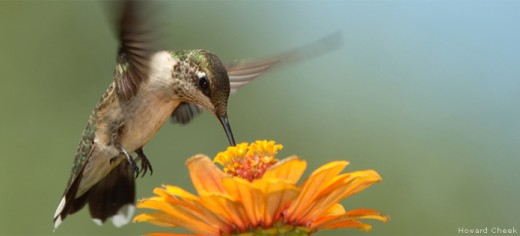
Water Sources



